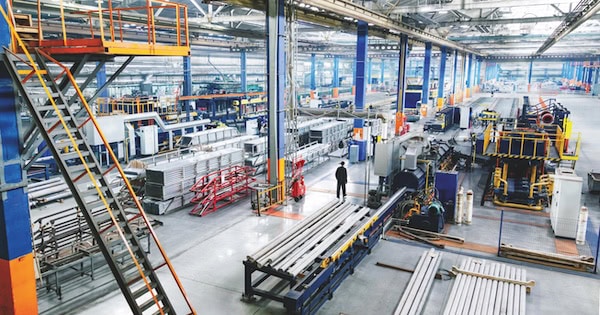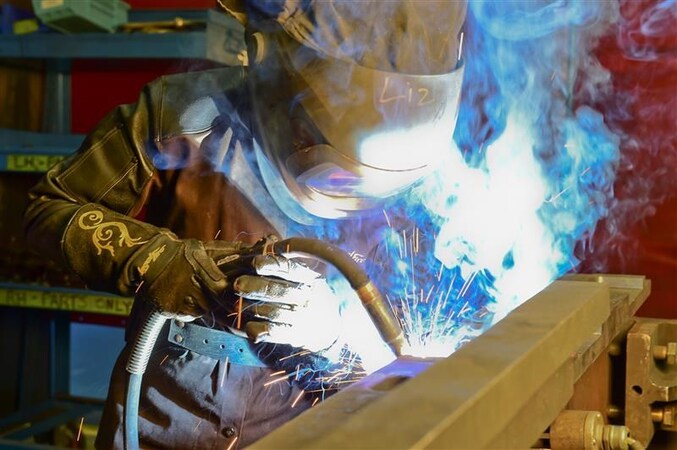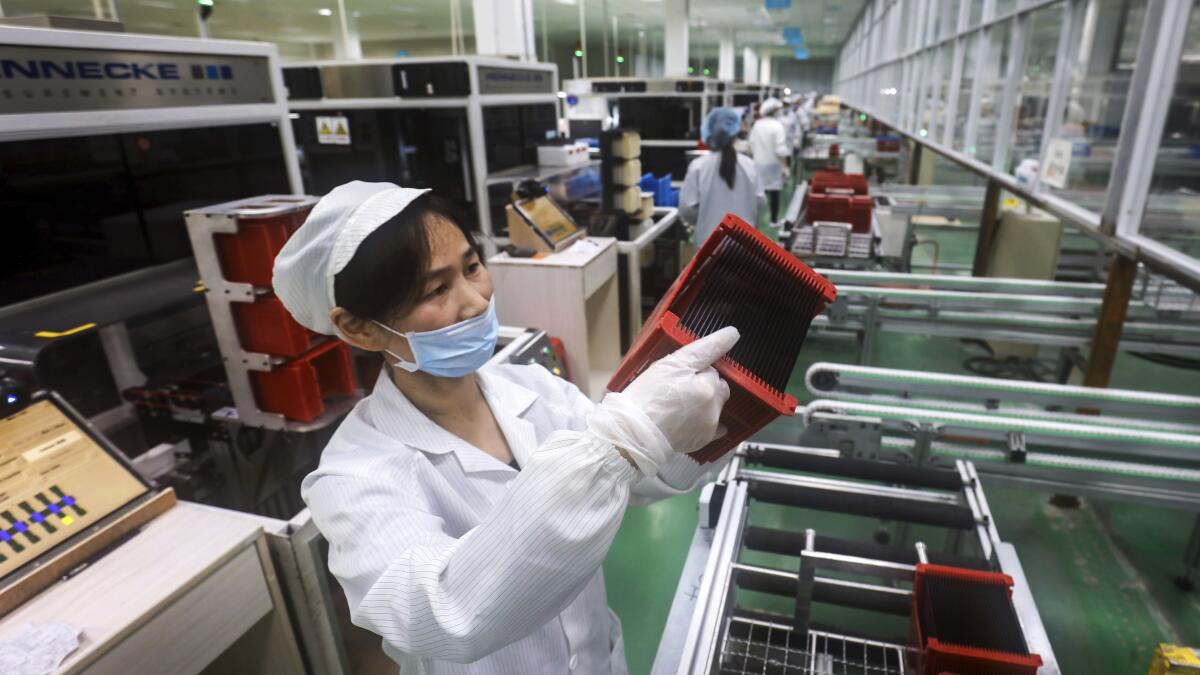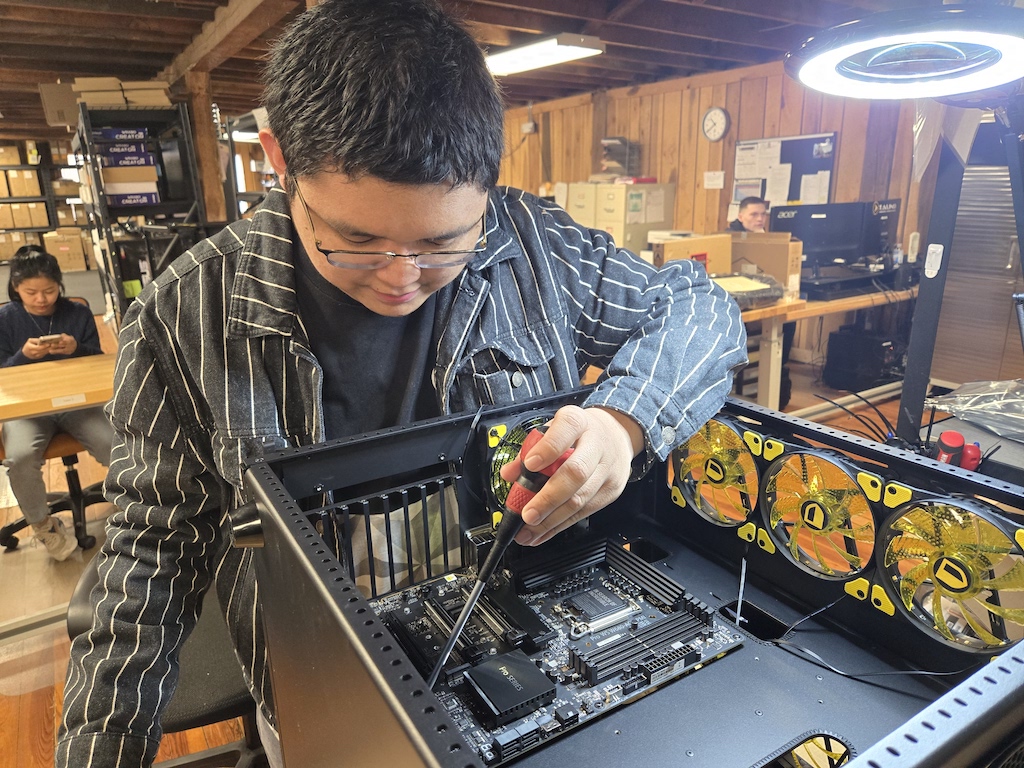From Blueprint to Breakthrough: How Smart Design Transforms Manufacturing Scalability
Manufacturing
2025-03-19 18:51:32Content
_(4).png)
Navigating the Complex Landscape of Medical Device Production: Expert Insights Revealed
Medical device manufacturers face significant challenges when scaling up production, but strategic approaches can transform these obstacles into opportunities for success. Timothy Looney, a seasoned expert from Northeast Biomedical Inc., offers a comprehensive roadmap for overcoming manufacturing hurdles.
The key to successful medical device production scaling lies in a multifaceted strategy. Manufacturers must first focus on optimizing product design, creating solutions that are not just innovative but also scalable and efficient. Custom automation solutions play a crucial role, enabling companies to streamline production processes and maintain consistent quality.
Comprehensive documentation emerges as another critical factor. By meticulously tracking every stage of design, development, and production, manufacturers can ensure regulatory compliance and establish a robust framework for future growth. A phased approach further mitigates potential risks, allowing companies to methodically introduce their medical devices to the market while maintaining rigorous quality standards.
Looney emphasizes that success in medical device manufacturing is not about avoiding challenges, but about developing strategic, adaptable approaches that transform potential roadblocks into pathways for innovation and growth.
Revolutionizing Medical Device Manufacturing: Breakthrough Strategies for Scaling Production
In the rapidly evolving landscape of medical device manufacturing, companies face unprecedented challenges in scaling production while maintaining precision, quality, and regulatory compliance. The intricate world of biomedical engineering demands innovative approaches that transcend traditional manufacturing methodologies, pushing the boundaries of technological integration and strategic planning.Transforming Challenges into Opportunities in Medical Device Production
Strategic Product Design Optimization
Medical device manufacturers must fundamentally reimagine their approach to product design, viewing it as a holistic ecosystem rather than a linear process. Advanced computational modeling and simulation technologies now enable engineers to prototype and test complex device configurations with unprecedented accuracy. By leveraging cutting-edge digital twin technologies, manufacturers can create virtual representations of medical devices, allowing for comprehensive performance analysis before physical production begins. The integration of modular design principles becomes critical in this context. Manufacturers can develop adaptable platforms that allow rapid customization and scalability, reducing time-to-market and minimizing production complexity. This approach enables more flexible manufacturing processes that can quickly respond to emerging market demands and technological advancements.Custom Automation Solutions: The Technological Frontier
Implementing sophisticated automation solutions represents a transformative strategy for medical device production scaling. Modern robotic systems and artificial intelligence-driven manufacturing platforms can dramatically enhance precision, consistency, and efficiency. These technologies go beyond traditional automation, incorporating machine learning algorithms that continuously optimize production parameters. Collaborative robotics, or cobots, are emerging as game-changing technologies in medical device manufacturing. These intelligent systems can work alongside human operators, performing intricate tasks with microscopic precision while adapting to complex manufacturing environments. By integrating advanced sensor technologies and real-time data analytics, manufacturers can create adaptive production lines that self-adjust and minimize potential quality variations.Comprehensive Documentation and Regulatory Compliance
Navigating the complex regulatory landscape requires a meticulous approach to documentation and quality management. Medical device manufacturers must develop robust documentation frameworks that not only satisfy regulatory requirements but also serve as strategic assets for continuous improvement. Digital documentation platforms with blockchain-like traceability can provide unprecedented transparency and accountability throughout the production lifecycle. Advanced quality management systems now incorporate predictive analytics and machine learning algorithms to identify potential compliance risks before they manifest. These intelligent systems can analyze historical production data, regulatory updates, and emerging industry standards to proactively recommend process improvements and risk mitigation strategies.Risk Mitigation During Market Launch
A phased market launch approach allows manufacturers to systematically introduce medical devices while maintaining rigorous quality control. This strategy involves carefully orchestrated pilot programs, controlled market releases, and continuous performance monitoring. By segmenting market entry into strategic phases, companies can gather real-world performance data, validate design assumptions, and make iterative improvements. Post-market surveillance technologies have evolved dramatically, enabling real-time tracking of device performance across diverse clinical environments. Advanced telemetry systems and integrated feedback mechanisms allow manufacturers to collect comprehensive data about device functionality, patient outcomes, and potential improvement areas.Interdisciplinary Collaboration and Knowledge Integration
Success in medical device manufacturing increasingly depends on breaking down traditional organizational silos. Interdisciplinary teams combining engineering, clinical expertise, regulatory knowledge, and market insights can develop more holistic and innovative solutions. This collaborative approach ensures that technological advancements are aligned with clinical needs and patient safety requirements. By fostering a culture of continuous learning and cross-functional collaboration, medical device manufacturers can create adaptive ecosystems that rapidly respond to technological disruptions and emerging healthcare challenges.RELATED NEWS
Manufacturing

Cell Therapy Breakthrough: How Celularity's Latest Manufacturing Deal Could Rewrite Biotech Earnings
2025-02-24 13:00:00
Manufacturing

Accenture and Siemens Forge Groundbreaking Alliance to Transform Industrial Innovation
2025-03-31 05:59:00
Manufacturing

Powering American Innovation: GE Aerospace Pledges Massive $1B Manufacturing Boost
2025-03-13 13:48:23





